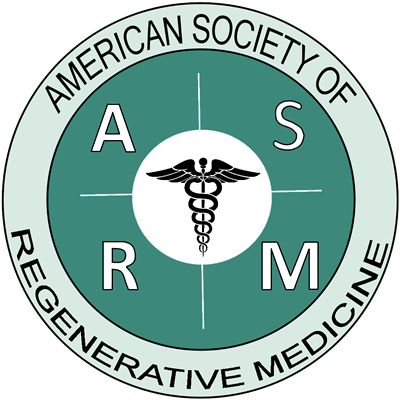FDA Final Guidance on Human Cells, Tissue and Cellular and Tissue-Based Products
On November 16, 2017, FDA published its Comprehensive Regenerative Medicine Policy Framework. Part of this announcement included two Final Guidance Documents pertaining to "same surgical procedure", "minimal manipulation" and "homologous use". These final guidances supersede previous draft guidances. They clarify the FDA’s interpretation of the risk-based criteria manufacturers use to determine whether a product is subject to the FDA’s premarket review.
The first guidance provides greater clarity around when cell and tissue-based products would be excepted from the established regulations if they are removed from and implanted into the same individual within the same surgical procedure and remain in their original form. The second final guidance helps stakeholders better understand how existing regulatory criteria apply to their products by clarifying how the agency interprets the existing regulatory definitions “minimal manipulation” and “homologous use.”
In addition to the final guidances, FDA also published two new draft guidances designed to provide important information to help spur development and access to innovative regenerative therapies.
The first draft guidance, which builds off the regenerative medicine provisions in the 21st Century Cures Act, addresses how the FDA intends to simplify and streamline its application of the regulatory requirements for devices used in the recovery, isolation, and delivery of regenerative medicine advanced therapies (RMATs), including combination products. The guidance specifies that devices intended for use with a specific RMAT may, together with the RMAT, be considered to comprise a combination product.
The second draft guidance describes the expedited programs that may be available to sponsors of regenerative medicine therapies, including the new Regenerative Medicine Advanced Therapy (RMAT) designation created by the 21st Century Cures Act, Priority Review, and Accelerated Approval. In addition, the guidance describes the regenerative medicine therapies that may be eligible for RMAT designation – including cell therapies, therapeutic tissue engineering products, human cell and tissue products, and combination products using any such therapies or products, as well as gene therapies that lead to a durable modification of cells or tissues (including genetically modified cells).
Become a Member
Join the AABRM today! As a member you have access to experts in the field, publications, research opportunities and Board Certification
Member Application